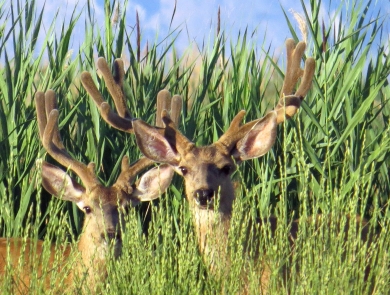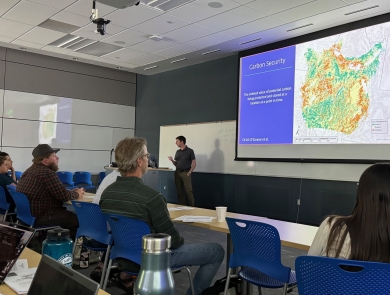The Mountain-Prairie Region consists of 8 states in the heart of the American west including Colorado, Kansas, Montana, Nebraska, North Dakota, South Dakota, Utah and Wyoming. The region is defined by three distinct landscapes. In the east lie the central and northern Great Plains, primarily the vast mixed- and short-grass prairies. To the west rise the Rocky Mountains and the intermountain areas beyond the Continental Divide, including parts of the sprawling Colorado Plateau and the Great Basin. The northeastern part of the Region contains millions of shallow wetlands known as the “prairie potholes,” which produce a large portion of the continent’s waterfowl.
Some of the nation’s greatest rivers rise in the Region including the Missouri, Colorado, and Platte rivers. The fish and wildlife that make their home on the Region’s prairies and in its mountains are among the nation’s most iconic species: grizzly bear, gray wolf, the American bison, and cutthroat trout.
People, too, live here and are an active presence on the land. The Region includes 40 Indian Tribes, many of whom manage large land holdings, as do other federal agencies such as the Department of Defense. Energy development, agricultural trends and urbanization all exert influences on the Region’s landscapes.
Some of the nation’s greatest rivers rise in the Region including the Missouri, Colorado, and Platte rivers. The fish and wildlife that make their home on the Region’s prairies and in its mountains are among the nation’s most iconic species: grizzly bear, gray wolf, the American bison, and cutthroat trout.
People, too, live here and are an active presence on the land. The Region includes 40 Indian Tribes, many of whom manage large land holdings, as do other federal agencies such as the Department of Defense. Energy development, agricultural trends and urbanization all exert influences on the Region’s landscapes.





